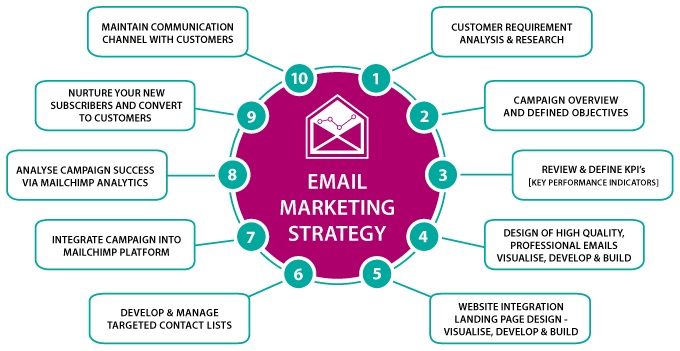Competition Analysis
Decoding Competition Analysis in the Digital Age
In the dynamic landscape of the digital era, understanding and navigating competition is paramount for businesses aiming to thrive. Competition analysis, a strategic examination of market rivals and their activities, has evolved in sync with digital advancements. Let’s delve into the intricacies of competition analysis in the digital realm and how businesses can leverage it for success:
1. Competitor Website Analysis
Analyzing competitors’ websites is akin to understanding their digital storefronts. Evaluate the user experience, content quality, and overall design. Tools like SEMrush or Ahrefs can reveal valuable insights into your competitors’ SEO strategies, keywords, and backlink profiles, helping you refine your own website strategy.


2. Social Media Presence Comparison
Social media platforms serve as battlegrounds for brand visibility. Assess competitors’ social media strategies, content engagement, and follower growth. Identify which platforms they prioritize and the type of content that resonates with their audience. This analysis can guide your social media approach for maximum impact.
3. Email Marketing Tactics
Subscribe to competitors’ newsletters to analyze their email marketing strategies. Examine the frequency, content, and design of their emails. This scrutiny provides insights into their customer engagement tactics, allowing you to refine your own email marketing campaigns for better effectiveness.


4. Content Marketing Assessment
Content is a cornerstone of digital presence. Evaluate competitors’ blog posts, videos, and other content. Identify the topics that resonate with their audience and the channels they utilize for distribution. This analysis aids in crafting a content strategy that aligns with market demands and differentiates your brand.
5. Advertising and Promotion Strategies
Examine competitors’ digital advertising efforts across platforms like Google Ads, social media, and display networks. Understand their ad creatives, target keywords, and the demographics they focus on. This analysis informs your advertising strategy, ensuring it stands out and effectively reaches your target audience.

Benefits of Competition Analysis
1. Informed Decision-Making
Competition analysis provides valuable insights for strategic decision-making. By understanding market trends and competitors’ strategies, businesses can make informed choices about product development, marketing campaigns, and overall business direction.
2. Identifying Opportunities and Threats
Thorough competition analysis helps businesses identify market gaps, potential opportunities, and emerging threats. It allows for proactive adjustments to strategies, ensuring resilience in the face of changing market dynamics.
3. Enhancing Market Positioning
By understanding competitors’ strengths and weaknesses, businesses can refine their own positioning. This insight enables the development of unique value propositions that set your brand apart in the market.

Navigating the Digital Competitive Landscape
In the digital age, competition analysis is not just a necessity; it’s a strategic imperative. Continuous monitoring, adaptation, and leveraging digital tools are key to staying ahead. By decoding the strategies of competitors, businesses can carve a niche in the digital marketplace and thrive in the face of ever-evolving competition.


